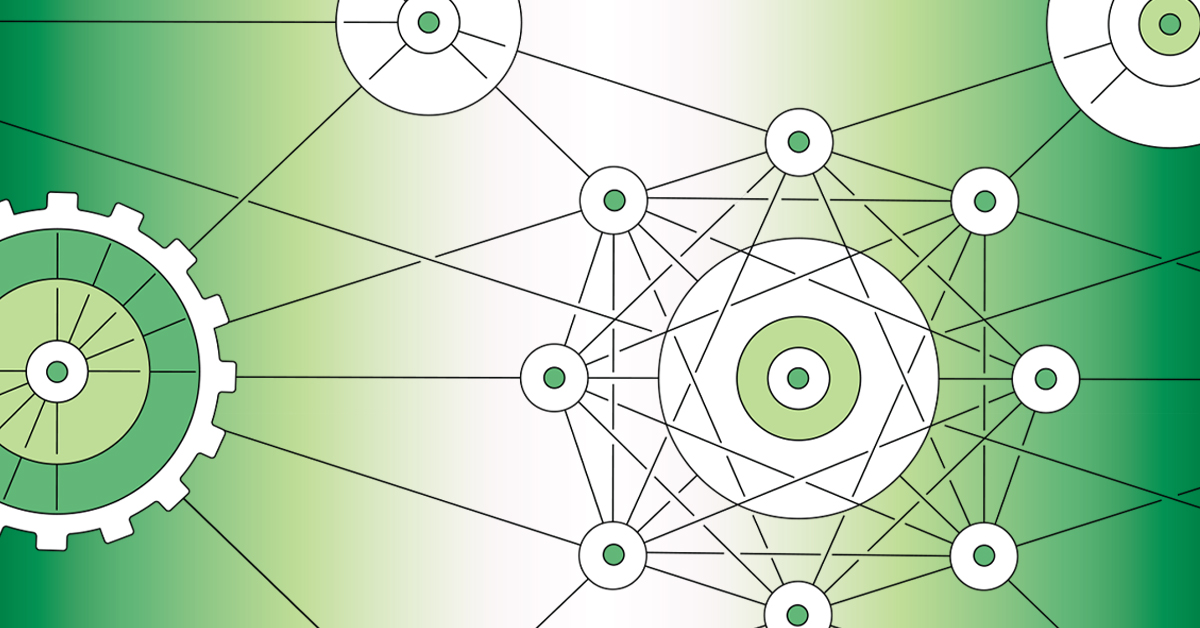
Since the dawn of machine learning (ML) in the 1950s, artificial intelligence has transformed from an abstract idea into a tool affecting daily life. Its origins lie in the basic building blocks of machine learning and neural networks, from which it gradually evolved into the complex, interconnected systems we see today. This evolution didn’t happen overnight; it’s the result of decades of research, experimentation, and breakthroughs in computing. Here’s a look at how AI grew from predicting games of checkers to the vastly complex interworking systems capable of complex reasoning, diagnosing diseases, and forecasting future events within seconds.
Machine Learning: The First Step Toward Intelligence
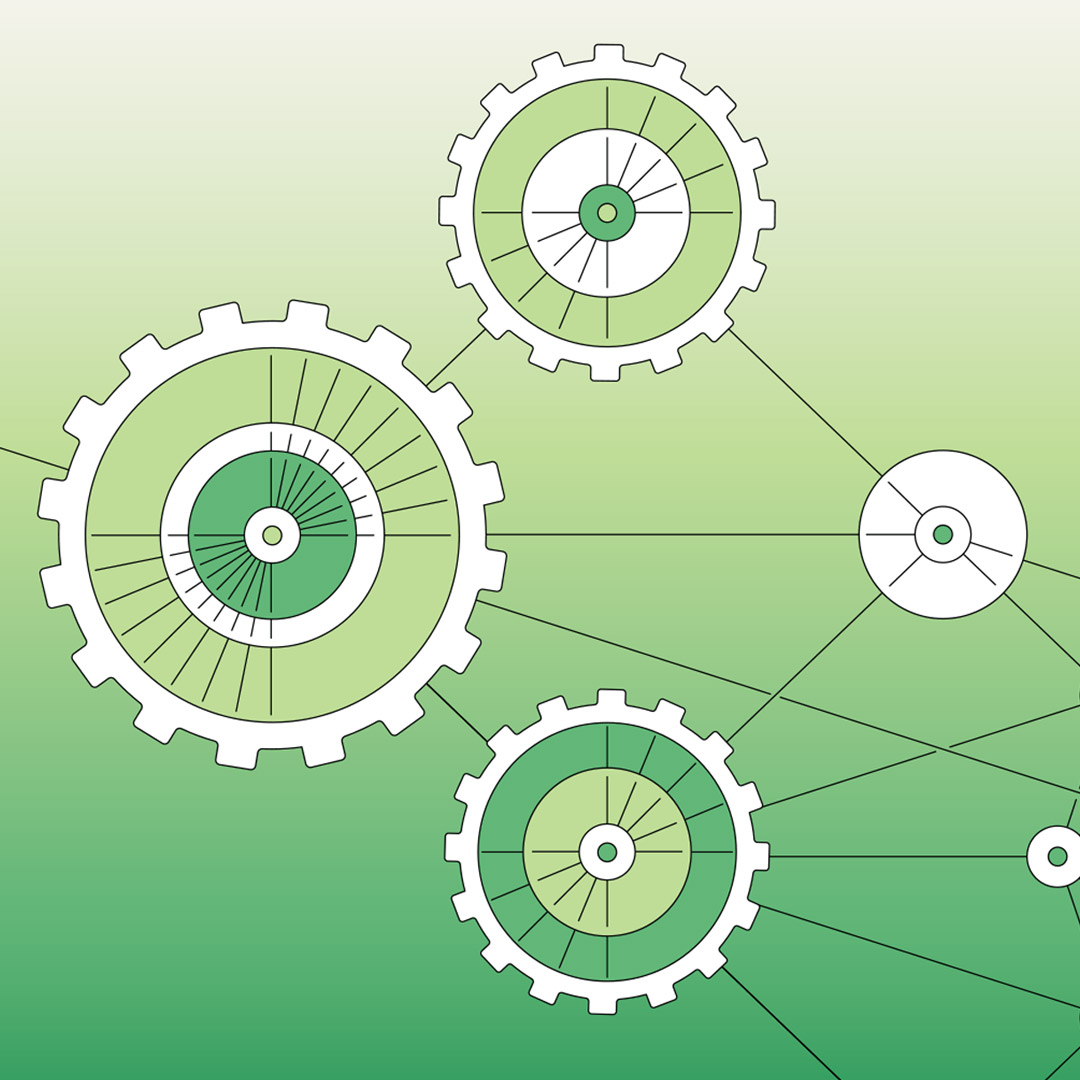
Machine learning has been around longer than video games, email, and even personal computers. The concept dates back to the 1950s, when researchers first tried to create programs that could “learn” from simple data collections. One early pioneer, Arthur Samuel, built a program that could teach itself to play checkers—a rudimentary example of machine learning. The core principle was simple: Feed a system enough data, and it will start recognizing patterns and making predictions.
Researchers fed these models more data and trained them to contextualize using algorithms —essentially, mathematical instructions designed to find meaningful insights. These models were built to get better at predicting outcomes the more data they analyzed. The earliest examples were limited in scope; linear regression and decision tree algorithms were just the start. While the core principle of AI’s keystone capability remains the same, ML models have grown more capable, accurate, and faster at handling vast amounts of evermore complex data.
Neural Networks: Inspired by the Human Brain
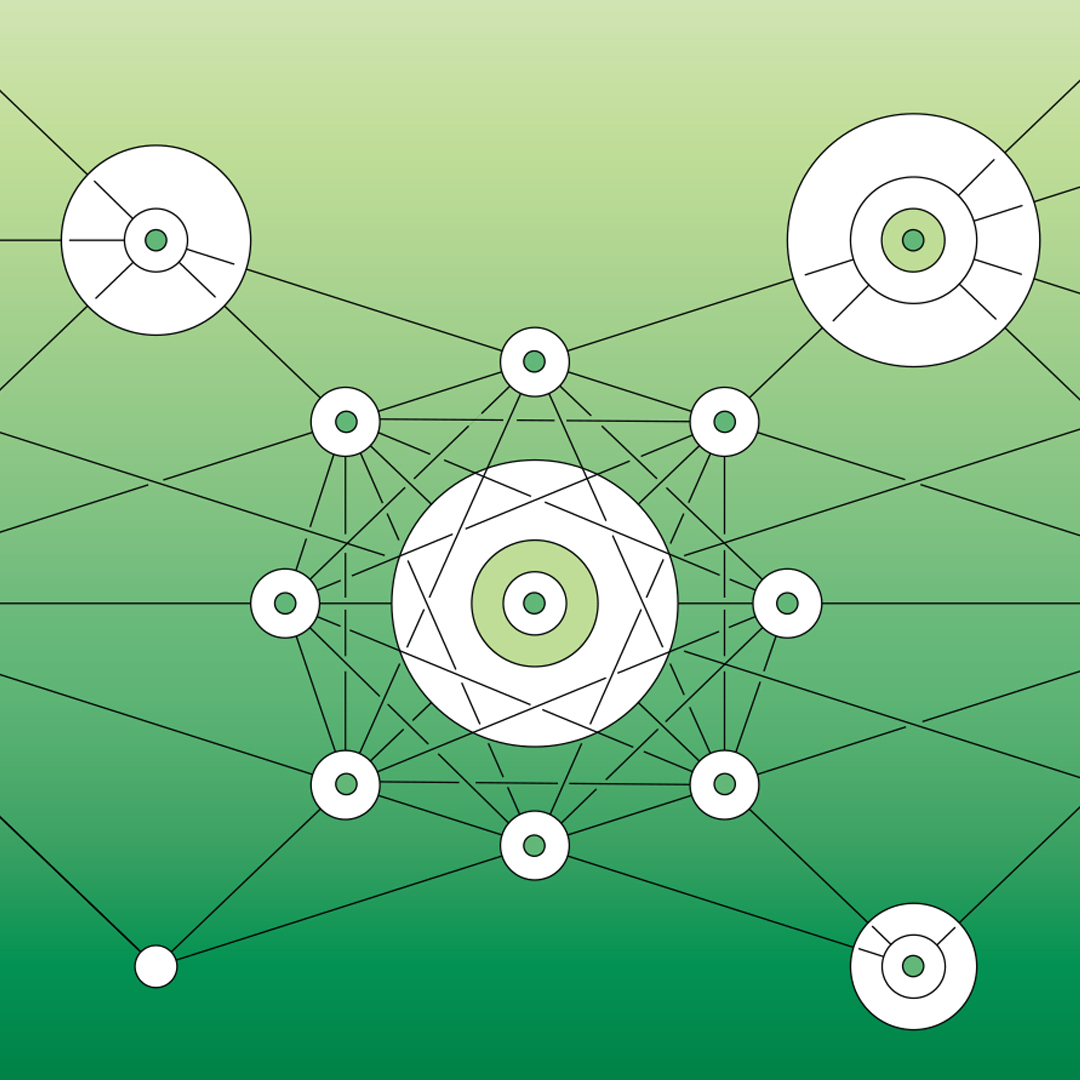
In the 1940s, neurophysiologist Warren McCulloch and mathematician Walter Pitts proposed a model of the brain’s functions based on signals and connections between neurons, dendrites, and synapses. Their ultimate objective was to develop an artificial system that mimics how human neurons process information. Later, this model became the foundation for what we now call neural networks. Neural networks took this inspiration and modeled computer signals and connections in a similar way, becoming a foundational breakthrough that would transform AI.
Like the human brain, neural networks consist of layers of interconnected nodes that process and transmit information through the network. These nodes work together to identify patterns in data, gradually improving their accuracy through repeated exposure to examples. In the 1980s, the concept of backpropagation—an algorithmic method of refining the accuracy of these networks—brought them back into the spotlight. As the name suggests, the process works backward (from the result to the initial input) to identify errors and minimize mistakes going forward. Similar to how moments of reflection or review can help humans make smarter decisions, incorporating backpropagation set the stage for the reasoning that neural networks are capable of today—such as sifting through images to recognize objects and analyzing speech patterns with incredible accuracy.
Natural Language Processing: Machines Get the Gift of Language
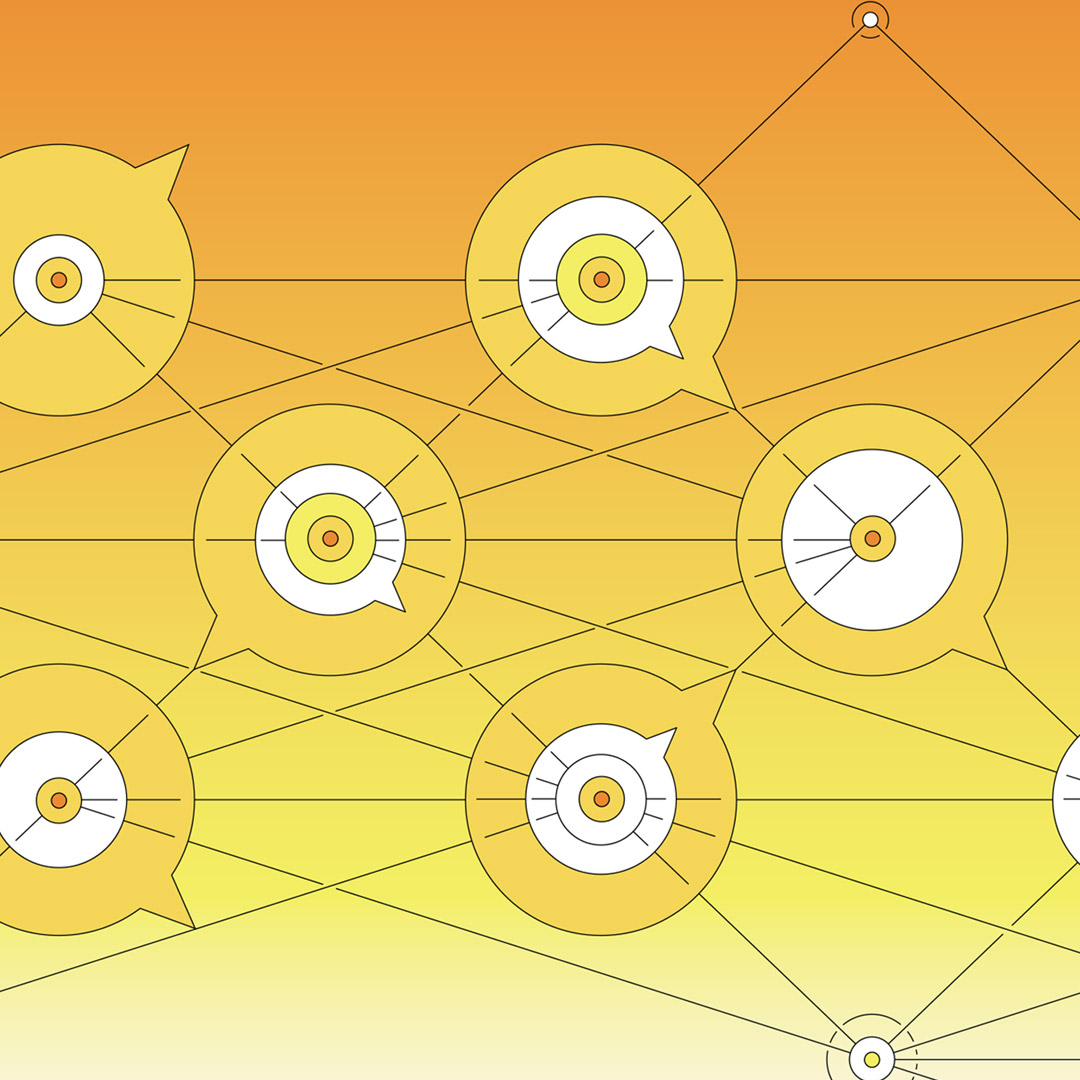
With the core pieces of AI cognition taking shape, researchers were already exploring whether machines could understand human language. Language is messy, full of ambiguities, idioms, and shifting meanings. Early attempts at natural language processing (NLP) relied on simple rules: for example, rigid if-then statements that codified only one input to one output. This initial preprogrammed approach could produce only text responses to specific prompts, which often resulted in stiff, rule-based communication that didn’t capture the diversity of human language. Ultimately, this limited its scalability compared to modern ML models.
Next came statistical NLP, which essentially taught machines to break down text or speech automatically. Powered by machine learning, statistical NLP predicts the most likely meaning of text based on patterns observed in large amounts of data. Instead of sticking to preprogrammed rules, this approach to training enabled machines to grasp linguistic elements such as nouns, verbs, and adjectives. It converts words and grammar into numbers and uses math to process language. Early tools such as spellcheckers and T9 texting were built using statistical NLP.
A breakthrough came when researchers took a new approach, setting aside traditional linguistic theory in favor of letting deep-learning models discover patterns directly from vast amounts of raw text data. The researchers ran raw text and audio through these neural networks, and over time, the models were able to recognize nuanced patterns in language without needing every rule spelled out. Today, NLP systems can translate languages, generate humanlike text, and even carry on conversations. But it’s not just about chummier chats with your digital assistant. NLP is now at the core of how AI processes and interprets the written word, from sifting through legal documents to assisting doctors by analyzing medical records for critical information.
Computer Vision: Teaching Machines to See
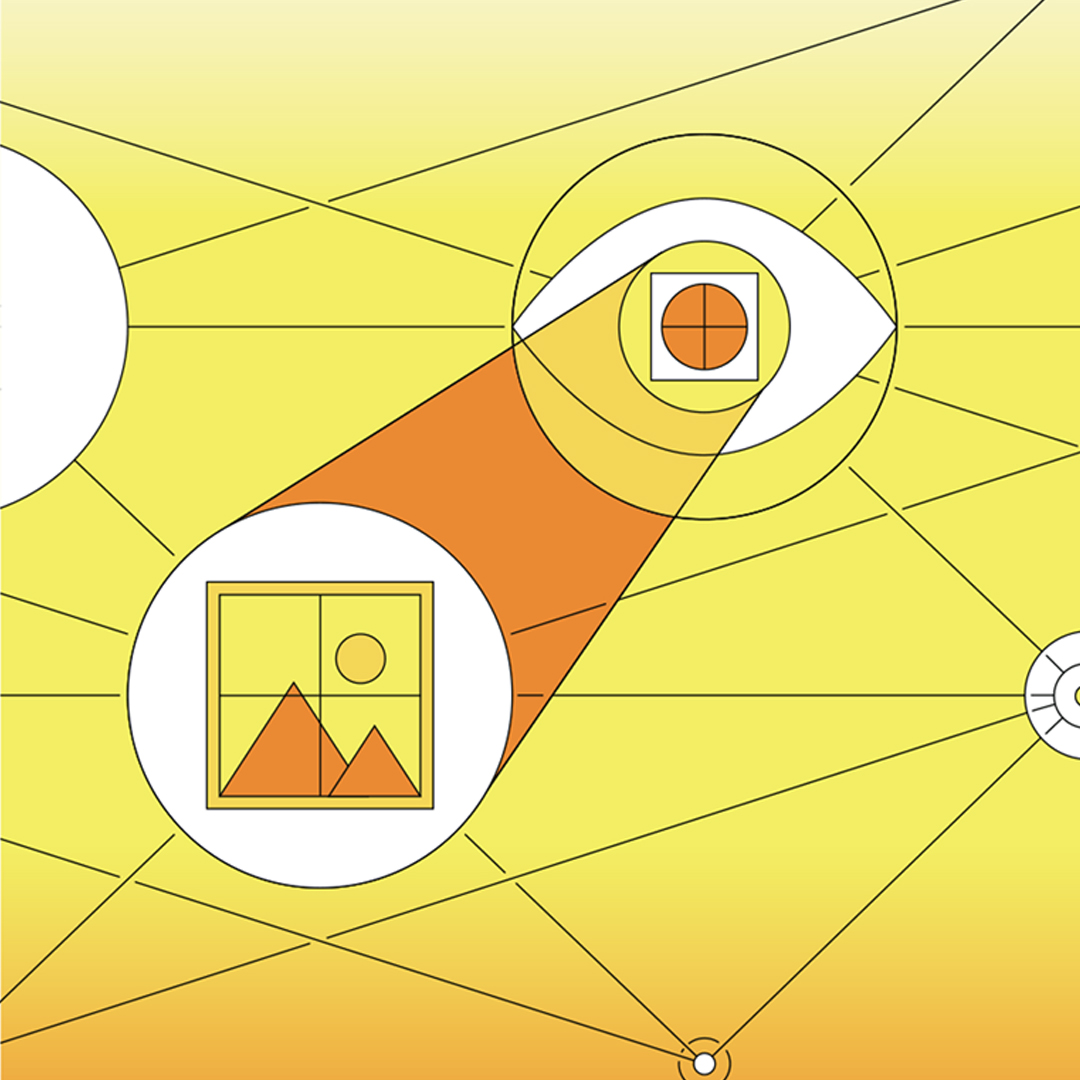
While NLP focuses on language, computer vision helps AI interpret the world visually. Researchers planted the seeds of this technology as early as the 1960s, when researchers at MIT attempted to use computers to recognize objects in images. It wasn’t until the 2000s, with advancements in neural networks, that computer vision truly took off.
Computer vision models can identify objects, people, and even complex scenes by analyzing images’ pixels. Computer vision systems, from facial recognition to self-navigating guidance systems, now use this technology. One key difference between early computer vision systems and today’s models is their ability to process and learn from vast amounts of visual data. Early systems were labor intensive and limited to basic tasks like edge detection—i.e., recognizing basic shapes by detecting high-contrast transitions in images—and text-character recognition. Today, AI can “see” much as people can, interpreting complex visual environments, like busy intersections, packed crowds, and friendly faces, in real time.
Transformers: Rethinking How AI Processes Data
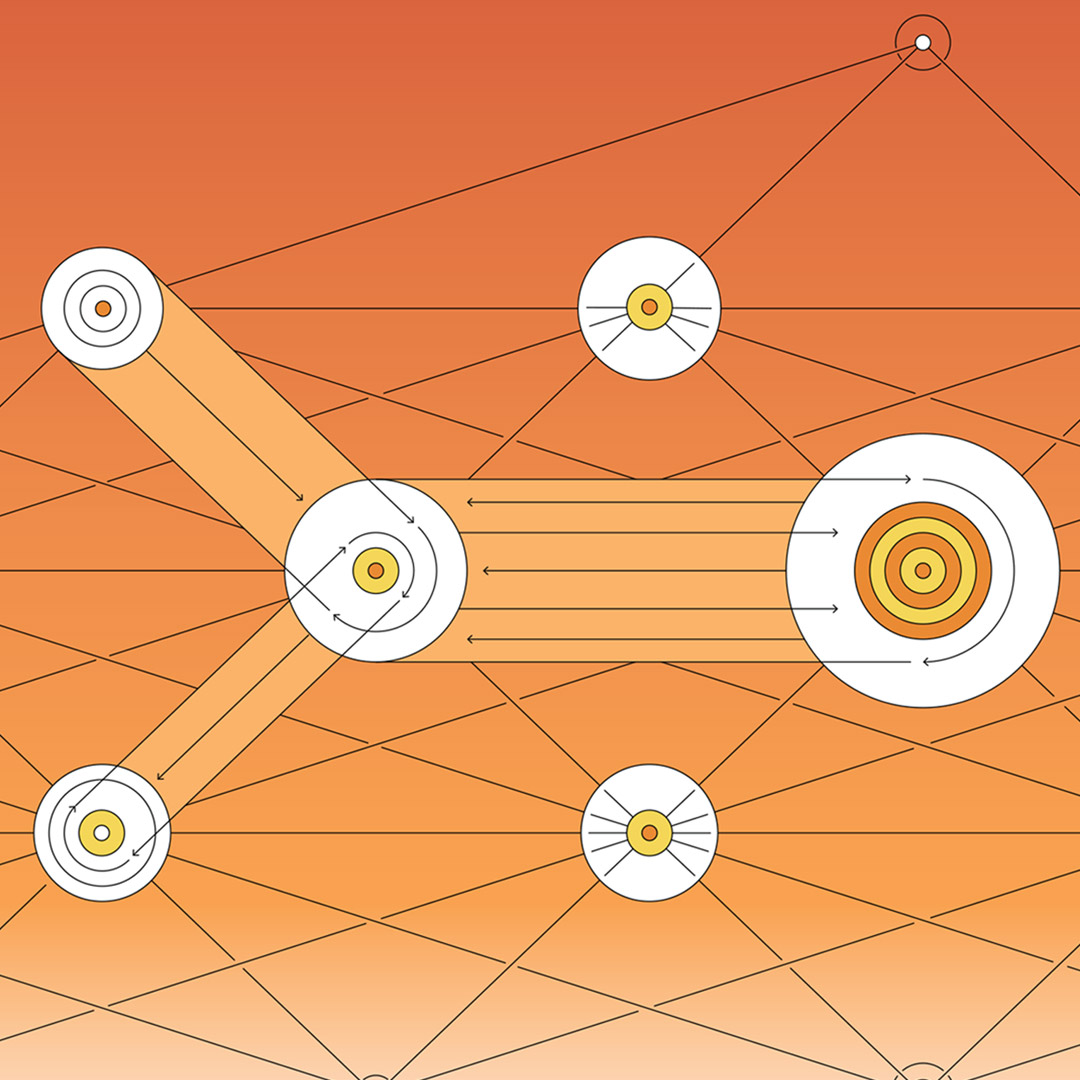
As AI’s evolution continued, researchers hit a bottleneck: how to process sequential data like language or time-series information efficiently. Standard neural networks weren’t built to handle data that comes in a sequence, like a conversation or a story. Researchers needed a system that worked comparably to the human brain—capable of remembering what was said before to make sense of what comes next. Recurrent neural networks (RNNs) were the go-to solution since they create loops in the network that keep important information available for later use. But even RNNs needed help with long sequences and took far too long to train. Enter the transformer: a revolutionary architecture introduced by a team of Google researchers in 2017.
Unlike RNNs, transformers don’t process data step-by-step. Instead, they use a mechanism called “attention” to help the model highlight the most relevant parts of the input data simultaneously. Similar to how humans zero in on key parts of a conversation, this focusing ability makes transformers faster and more efficient, capable of handling much longer sequences of text or data without losing context. Suddenly, AI systems could process entire paragraphs of text or pages of documents in a single pass, leading to massive improvements in fields such as language translation and text generation.
Transformers have quickly become the backbone of modern AI models, making everything from real-time language translation to conversational AI possible. But they’re not limited to text. Transformers are also making waves in drug discovery, genetic research, and other fields in which they help analyze complex biological data.
Recommendation Systems: Personalizing the Digital Experience
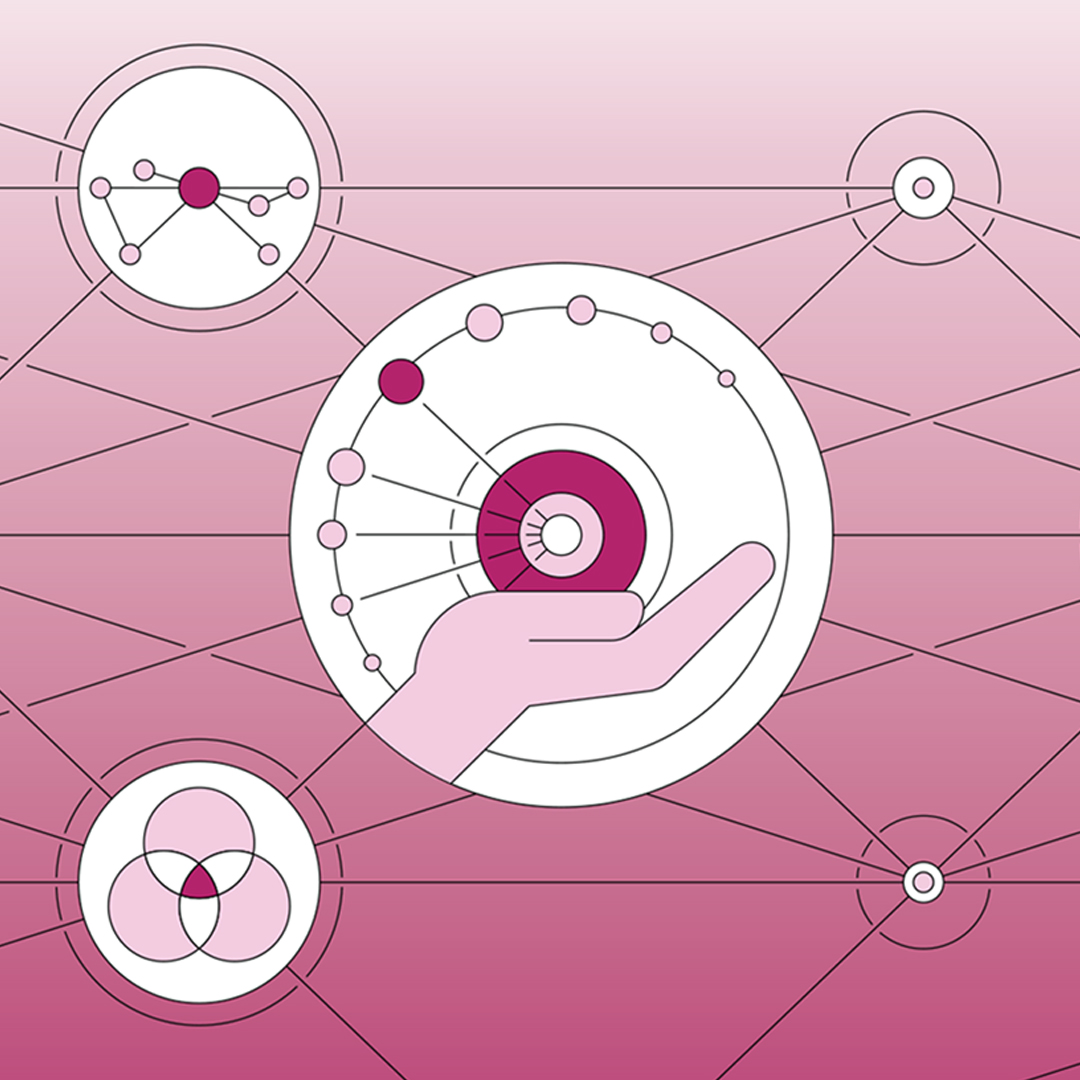
Ever wonder how your favorite streaming service predicts what you want to watch next? Or how online stores suggest products that fit your style? Enter the recommendation system. First appearing in the 1990s, today’s recommendation engines have evolved into skilled curators, helping users sift through vast information by learning from their past behavior.
Recommendation systems usually rely on two standard methods: collaborative filtering and content-based filtering. The former bases suggestions on the behavior of people who use the system, while the latter focuses on specific details about the pieces of content to find similarities and links. Over time, these systems have become more accurate, combining both approaches to offer highly personalized recommendations. Recommendation systems are now being used to suggest everything from TV shows to health-care treatment plans.
Diffusion Models: Creating From Chaos

Diffusion models represent a vital recent development in AI image generation. First introduced in 2015 by a Stanford research team led by Jascha Sohl-Dickstein, these advanced algorithms generate images from text by iteratively refining individual pixels to match what the model has learned best fits the description. Imagine starting with a canvas full of static and watching a picture slowly emerge. That’s how diffusion models operate; they generate images, audio, or text based on learned structures from an initially random state.
While still in their early stages, diffusion models are already used in creative fields. Artists and designers use them to create images or audio, while researchers explore their potential in everything from scientific simulations to virtual worlds. Diffusion models can also produce new training data, leading to more options for model development and tuning.
The Future of AI
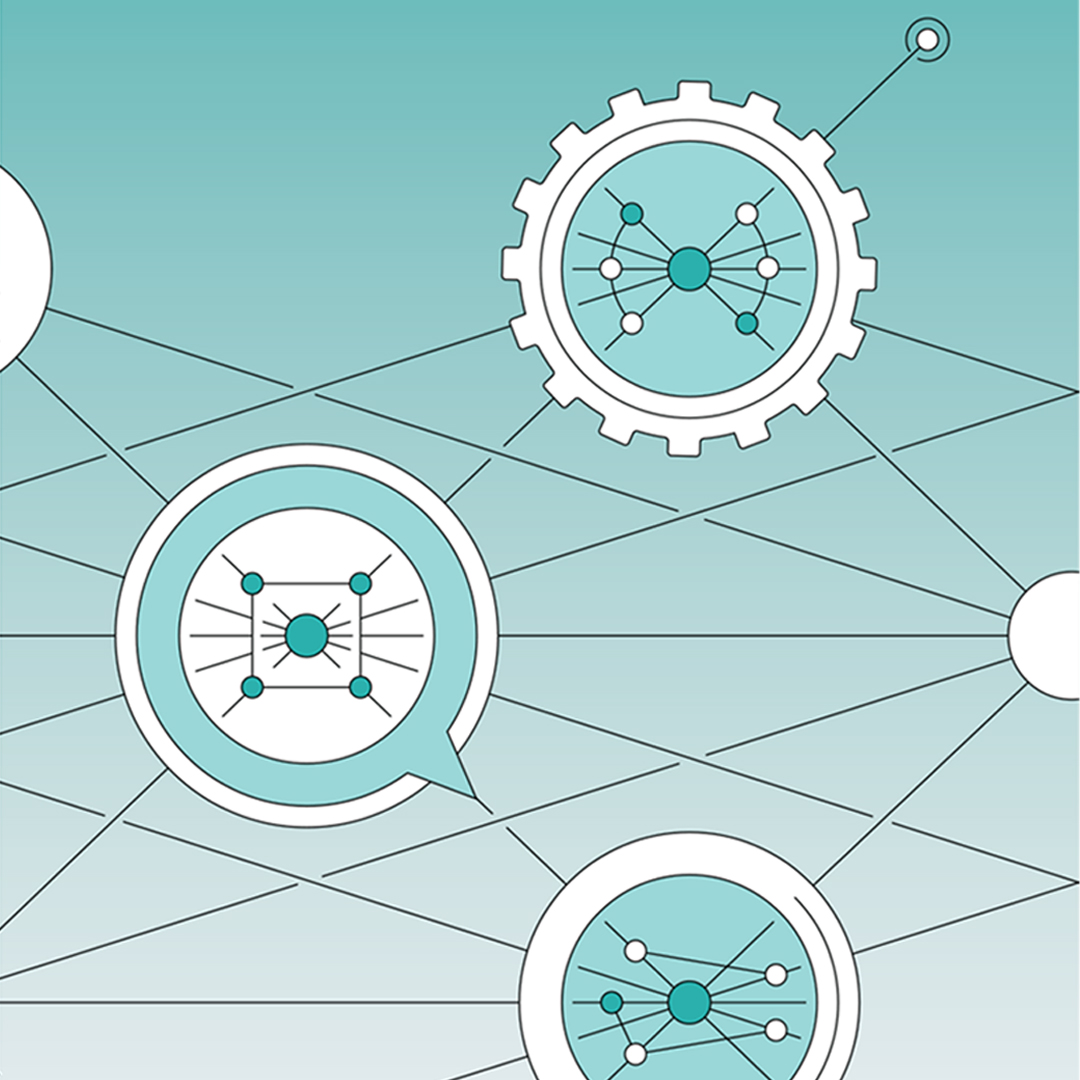
As AI continues to evolve, one key area of ongoing research lies in making these systems more transparent and understandable. The research field of Explainable AI, for example, aims to shed light on how AI makes decisions—crucial for health care, finance, and other industries in which understanding the why behind a recommendation is as important as the result.
As AI grows more complex, so too does its potential. The once-separate branches of machine learning, neural networks, and natural language processing are now intertwined, creating systems that learn, perceive, and predict in ways that mimic human intelligence. From the early days of rule-based systems to today’s transformers and diffusion models, the journey is far from over. Future advancements will continue to push what’s possible for thinking machines—and the people who create them.






